After Mr. Shah went from CleanTech Leaders to the DOE's Loans Program Office, the organization made this social media post:
Senator Hawley was spot on with his questioning. But what Senator Hawley seemed to miss was Mr. Shah's connection to something happening in the Senator's own backyard in Missouri. Grain Belt Express has applied to Mr. Shah's office for a government-guaranteed loan for up to 80% of its cost to build the project. With GBE's costs estimated to be around $7B, this means a $5.6 BILLION dollar loan to Grain Belt Express backed up by your tax dollars, if Mr. Shah approves.
Furthermore, Grain Belt Express currently only has one customer for less than 5% of its project capacity, and that customer received below-cost pricing. Grain Belt Express does not currenty have the revenue needed to make necessary payments on a government-backed loan.
Senator Hawley should demand that DOE make sure that Grain Belt Express has the necessary signed customer contracts to provide enough revenue to pay back any loan it receives, and under no circumstances should the DOE loan money to GBE before it has sufficient revenue in place in the form of signed and verified contracts.
If DOE loans money to GBE based on its PLAN to sell its service at some time in the future it could turn into a nearly $6B boondoggle, 12 times worse than Solyndra!
While Senator Hawley's questioning of Jigar Shah made great theater, it is up to you to make sure he takes the next step to tie Mr. Shah to the loan application of Grain Belt Express that is currently under Mr. Shah's review. Help Senator Hawley make this connection by contacting him here or by calling his office at 202-224-6154.
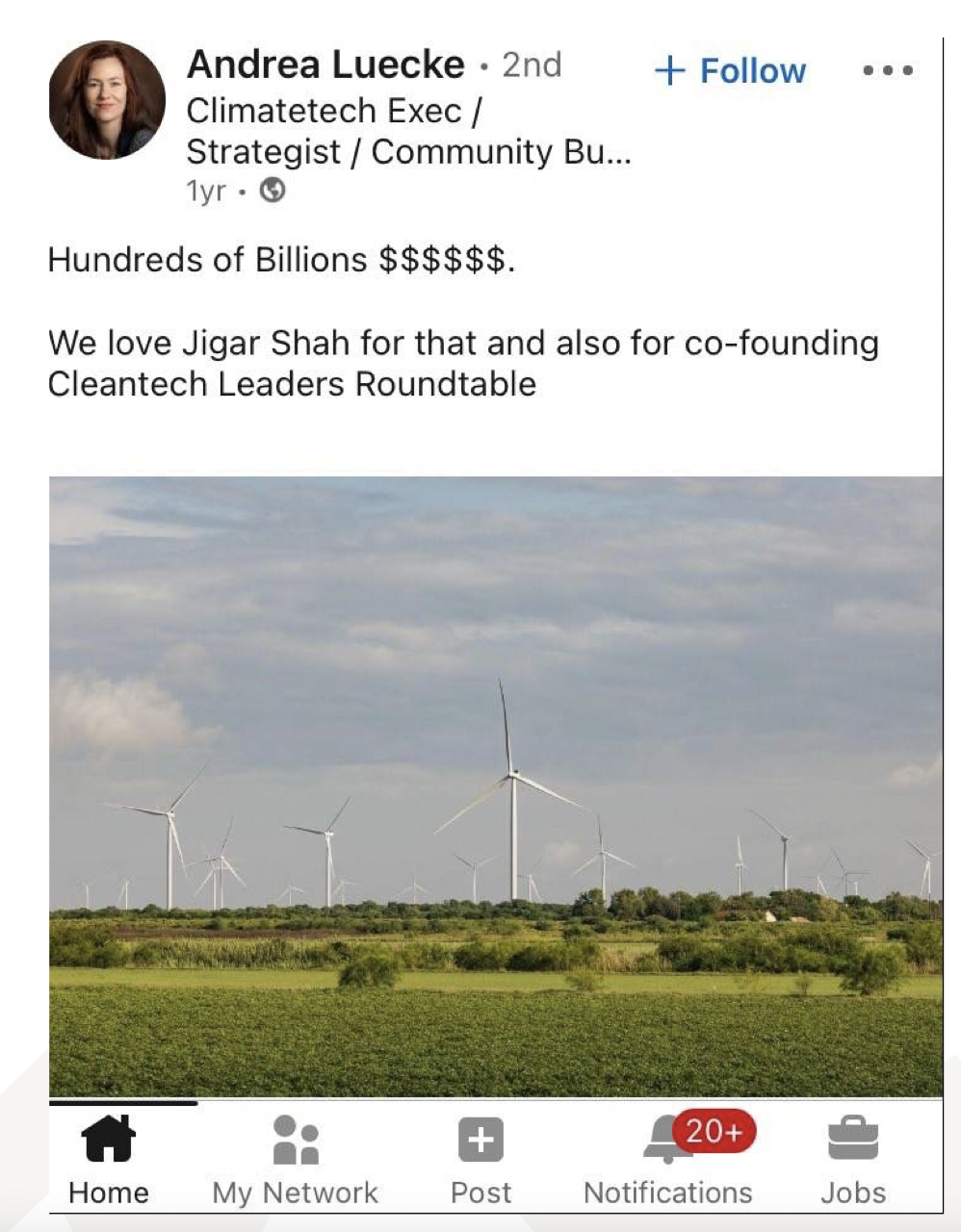
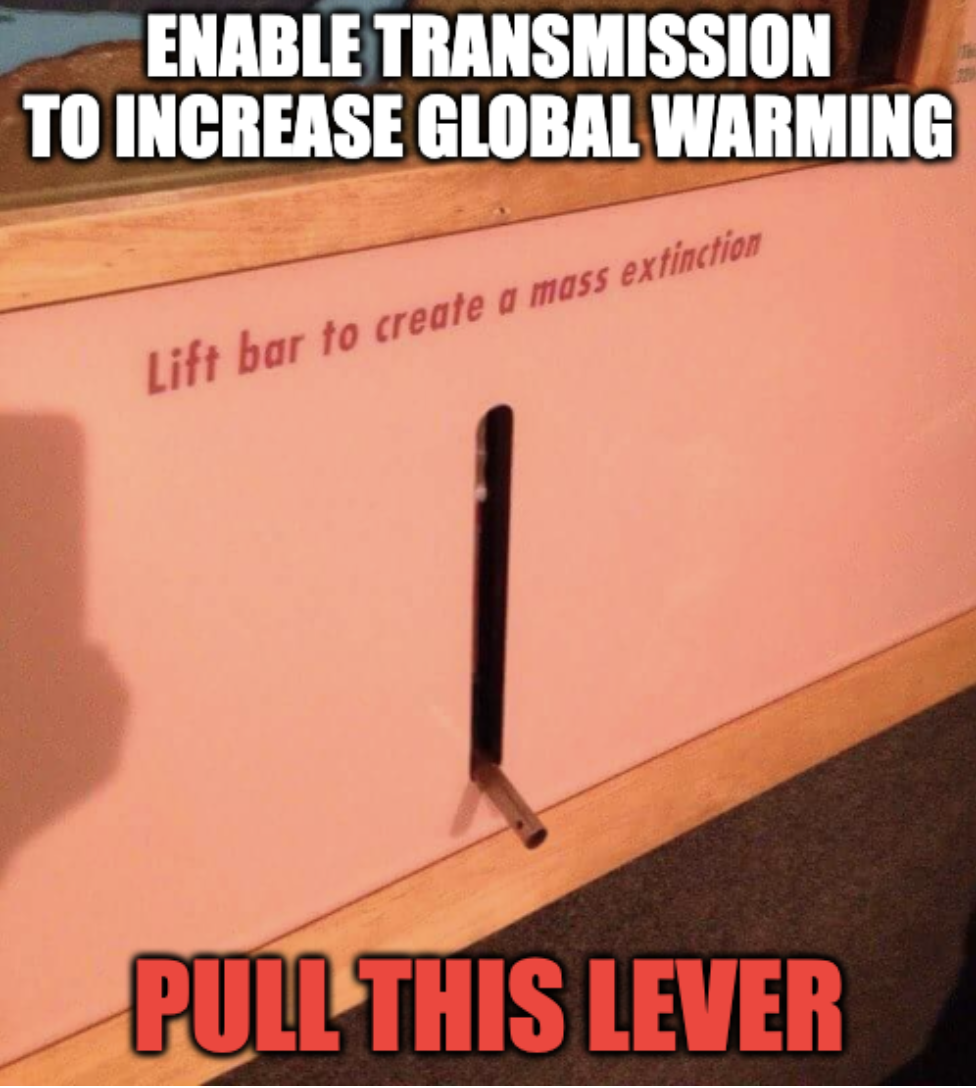
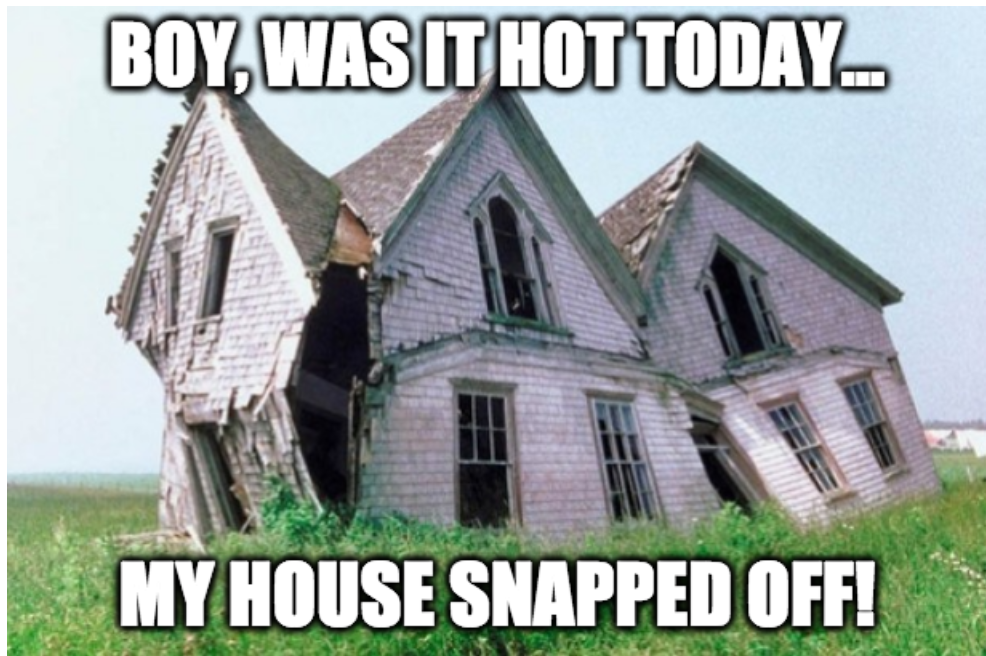


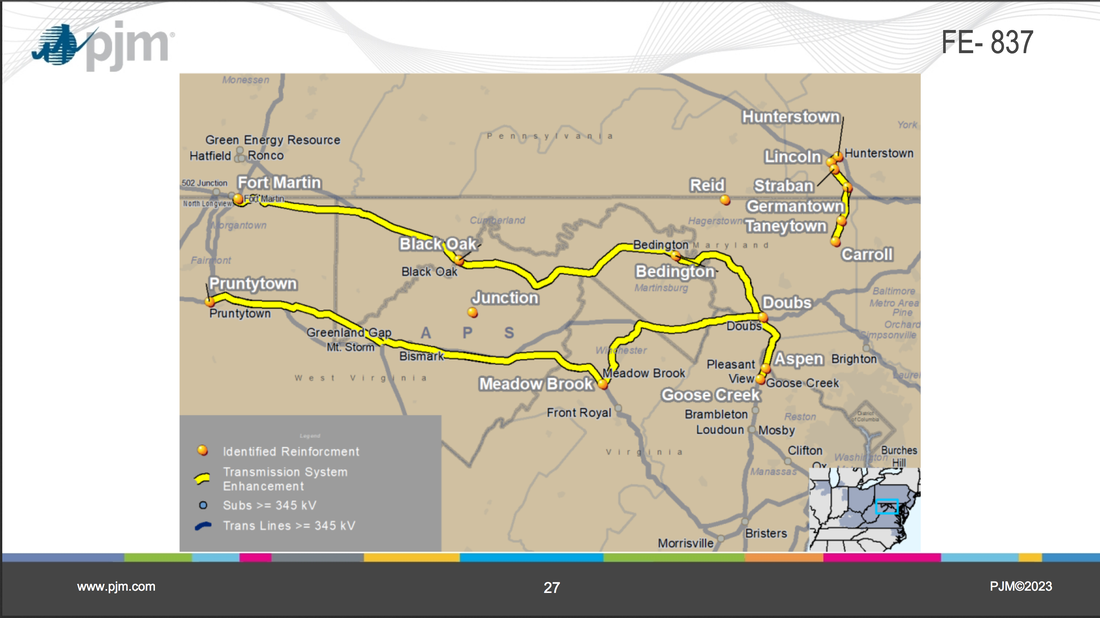
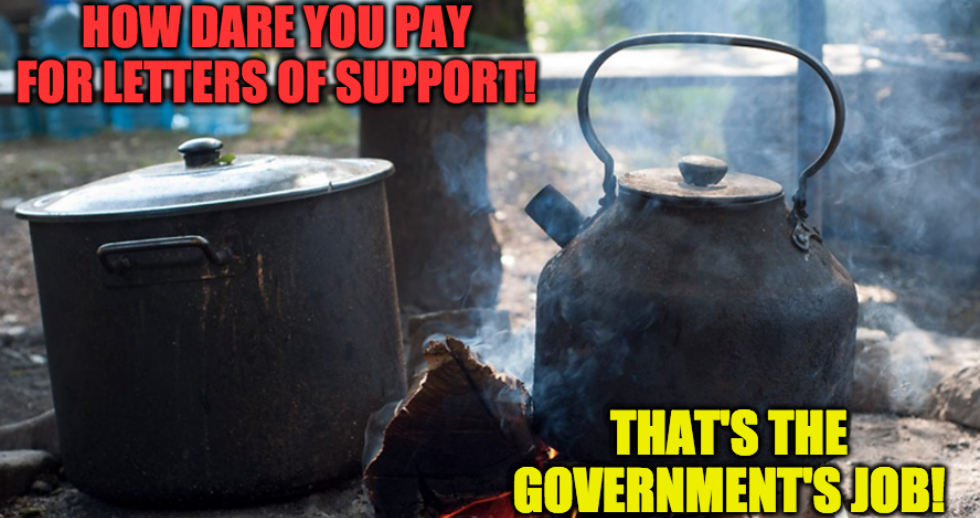

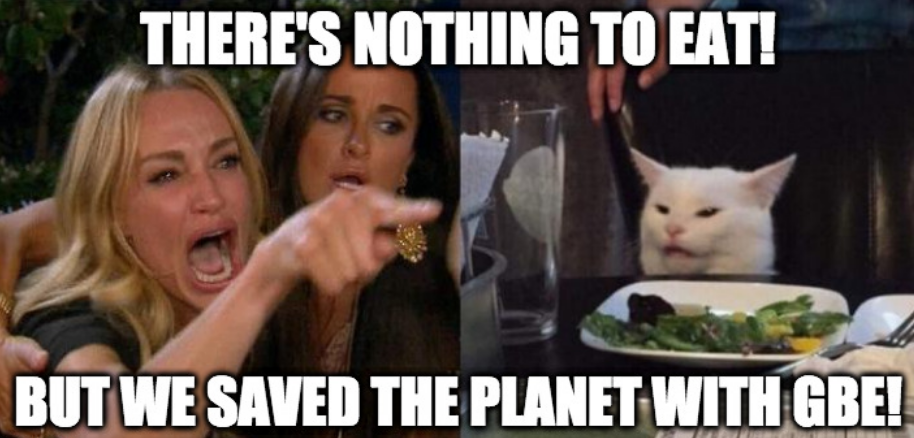
 RSS Feed
RSS Feed